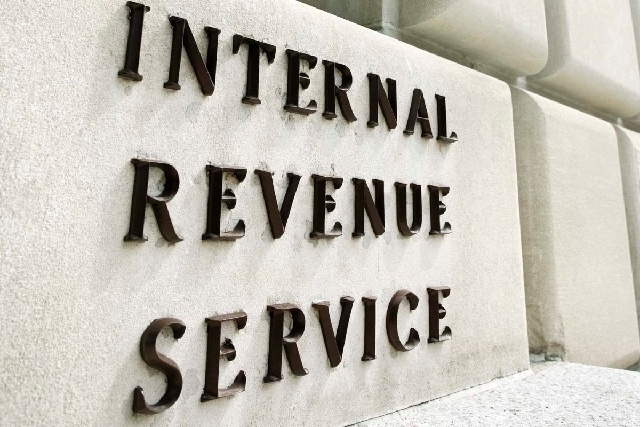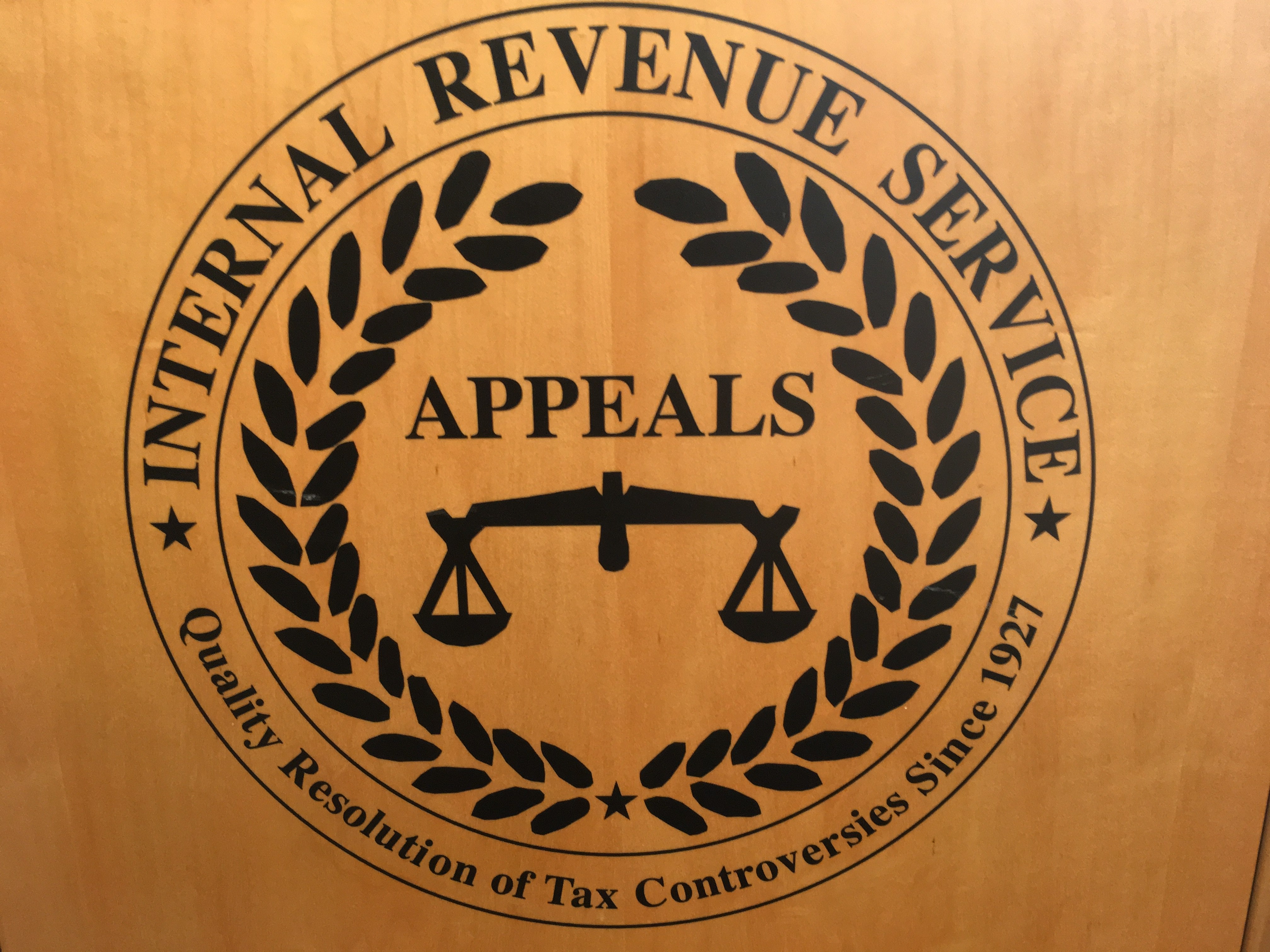Going through the assessment process of Trust Fund Recovery Penalties (TFRPs) is complicated. It can become even more complicated when the IRS Revenue Officer has deemed you a responsible person because the chance of you having the TFRPs assessed to you personally drastically increases. It’s important to remember taxpayers have rights, including the right to appeal the assessment of the TFRPs. In this blog, we will discuss the different appeals rights that a taxpayer has, when it is applicable, and the timing involved with each.
If you’re unfamiliar with the process of assessing TFRPs, please read our blog Trust Fund Recovery Penalties and How You Can Be Personally Liable.
FAST TRACK MEDIATION
![]()
The first option available to you is a request for mediation. This is typically requested before IRS collections has made a final determination to assess the TFRPs. The mediator assigned to the case will be from the IRS Office of Appeals. They are trained to act impartially so that you/your legal representation and the IRS Revenue Officer can come to an agreement that works for both parties. Once the mediator has heard both parties, they will make a recommendation on resolving the issue but, this recommendation does not bind either party. The mediator will write a detailed report of their findings and provide both the taxpayer and IRS Collections with the report. If both parties feel the recommendation is fair, IRS Collections will prepare the necessary paperwork to solidify the agreement and close the case. If an agreement is not reached, the case will move forward and a formal appeal of the IRS’s decision can be made.
To request fast track mediation you will need IRS Form 13369 signed by both yourself and the IRS Revenue Officer.
APPEAL BEFORE ASSESSMENT
Once the IRS Revenue Officer has determined you are a responsible person (you willfully did not pay the payroll taxes) and are able to be collected from, you will be issued Letter 1153 and Notice 2751.
- Letter 1153 is what gives you the opportunity to appeal the IRS Revenue Officer’s decision.
- Notice 2751 gives you the amount of proposed assessments for each quarter.
Your request to appeal must be made within 60 days of Letter 1153 being issued or within 75 days if the Letter 1153 is being issued somewhere outside the United States. The request to appeal is considered timely filed as long as it is post marked on or before the 60th day (75th if outside U.S.).
The request to appeal the decision will generally take the form of a formal written protest (depending on the amount owed) that contains supporting evidence as to why the TFRPs are being improperly assessed. The supporting evidence should contain, but is not limited to, factual and legal arguments against the assessment, relevant documentation that supports your position, and any records or affidavits you may feel are necessary.

After you have sent in your request to appeal, you will receive Letter 4141. This is to inform you that your request to appeal has been received and assigned to an Appeals Officer. It will also provide you with additional information regarding the appeals process. You will then receive a follow up letter within 30 days that sets a time and date for the appeals hearing. Along with this letter or possibly after this letter has been received, you may also receive a letter stating the preliminary findings of the Appeals Office. Any additional materials you may want the Appeals Office to be aware of before the hearing must be provided within five days of the hearing. During the appeals hearing you will have the opportunity to present a proposed settlement offer.
After the hearing has concluded, a determination by the Appeals Office to either uphold the originally proposed assessment of TFRPs, accept the proposed settlement you submitted, or offer a hazards of litigation settlement will be made. The Appeals Office will provide you with a determination letter, which you have one week to accept. If you do not accept or do not agree with the determination, the case will be sent back to IRS Collections and the Appeals Office will send you a notice to remind you of the assessment decision and request for payment.
APPEAL AFTER ASSESSMENT
After the TFRPs have been assessed, you still have options. Below are two different ways you may be able to appeal the decision to assess the TFRPs after they have actually been assessed.
Request for Abatement Claim
The first is the Request for Abatement Claim, which does not involve a payment. In order to submit a request for abatement claim with IRS Collections you must establish circumstances that are beyond your control or are unusual warrant the request for abatement claim. Once you have done this the abatement request is submitted in the form of a letter or doubt as to liability offer. If the assessment decision was made by the Appeals Office, the request for abatement claim will be forwarded to the Appeals Office for consideration.

Request for Refund Claim
The second option is a Request for Refund Claim. This can be done with a bond or without a bond but, in both cases you will need to do the following.
- Pay the tax attributable to one individual for each period of liability if the liability is attributable to employment taxes. If the the liability is attributable to TFRPs for excise tax, you need only pay the tax attributable to one transaction per period.
- Submit IRS Form 843 for each quarter, which will make your Request for Refund Claim a formal claim.
With Bond
When submitting a request for refund claim with a bond you will need to complete steps 1 and 2 above and post a bond for one and a half times the amount of the penalty that remains after you have made the payment referenced above in step 1. This will all need to be done within 30 days of receiving the first notice of assessment and demand for payment. If your claim is denied by the IRS when you post this bond, you then have 30 days to file a suit in United States District Court or the United States Court of Federal Claims. It is important to file this suit within the 30 days because this is what prevents the IRS from applying the bond you posted to the TFRPs and interest that has accrued and postpones any further collection action. If a suit is not filed within 30 days, you still are able to file a suit within 2 years of the IRS denying your claim but, the bond will be applied to the TFRPs and any further collection action that the IRS deems necessary will commence.
Without Bond
Now, if you do not wish to submit a request for refund claim with a bond or your legal representation feels it is not appropriate, you can do so. You must still complete steps 1 and 2 above but, these steps do not have to be completed within 30 days of receiving the notice of assessment and demand for payment. You may file a suit for refund with the United States District Court or the United States Court of Federal Claims within two years of the IRS denying your claim (if the IRS does not respond to your claim for refund within six months, you can treat the inaction as a denial for filing purposes).
CONCLUSION
Appealing the assessment of TFRPs is a very time sensitive process and when submitting your appeal it must be very clear and detailed in order to be successful. It’s important to keep on top of where the IRS is at in the assessment process because this is what determines the type of appeal you will be submitting. Consulting and hiring legal representation is certainly recommended when dealing with TFRPs given the complexity of these cases. Your legal representation will also be able to determine what actions and appeals are appropriate for your specific case.
RELATED ARTICLES
